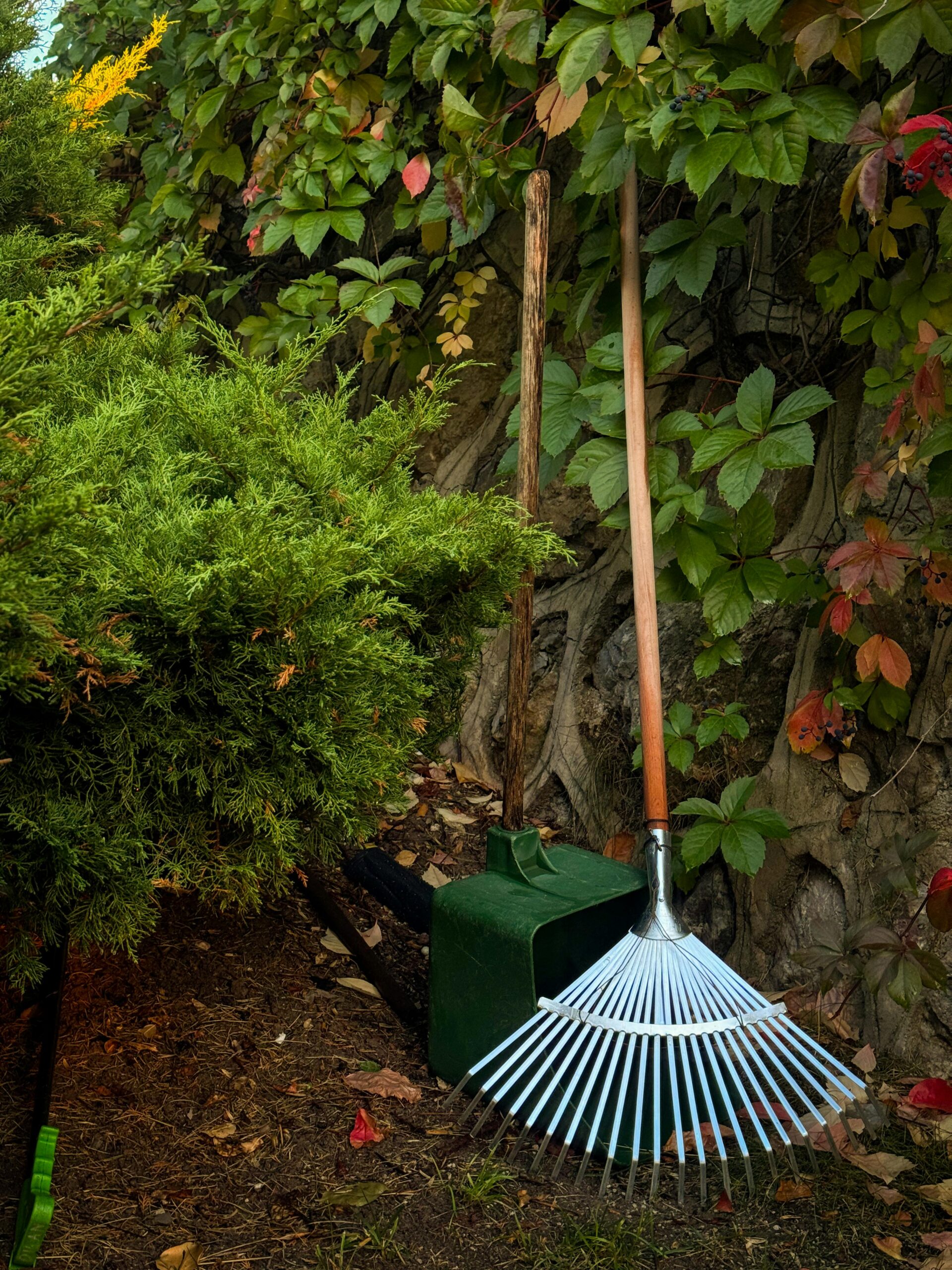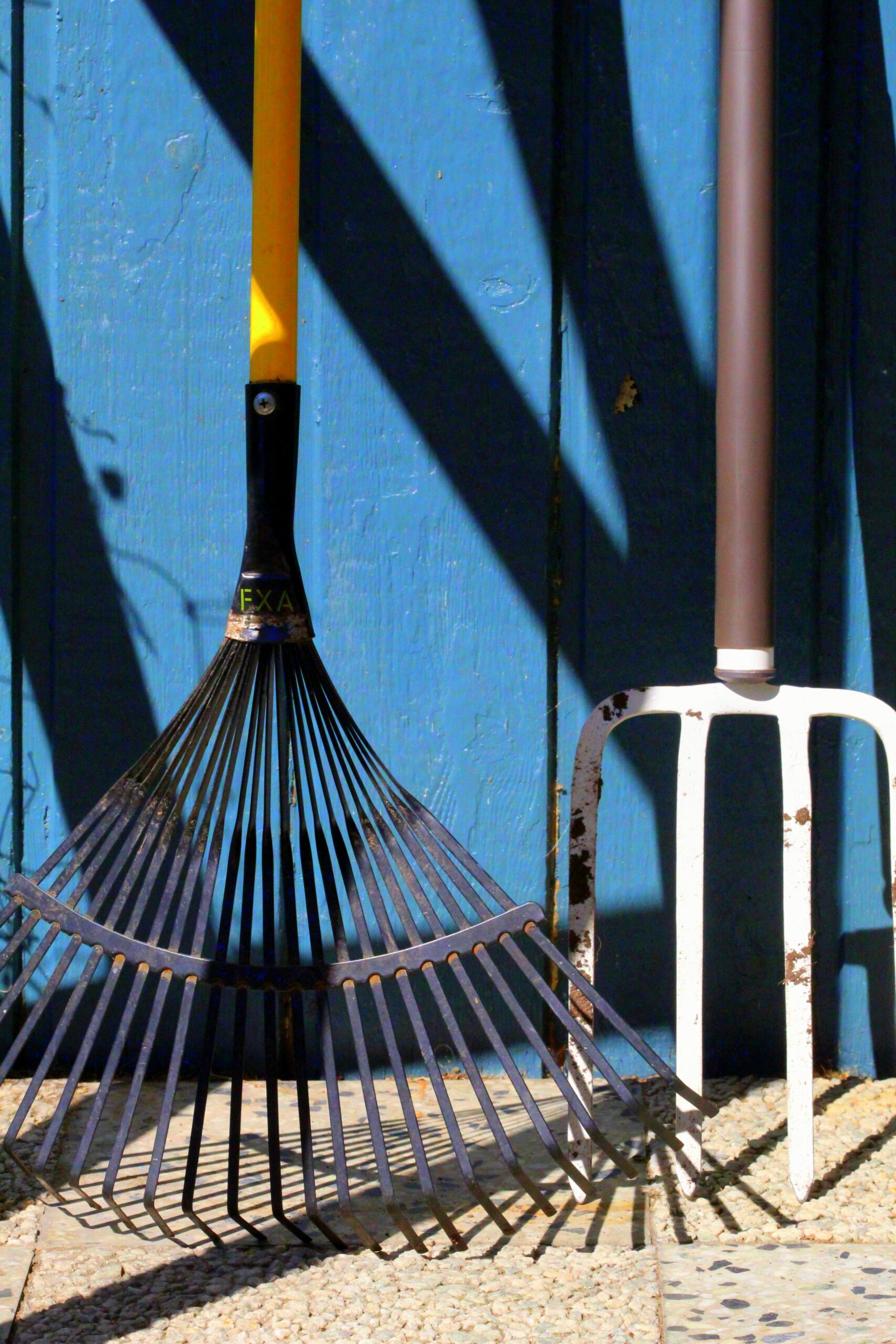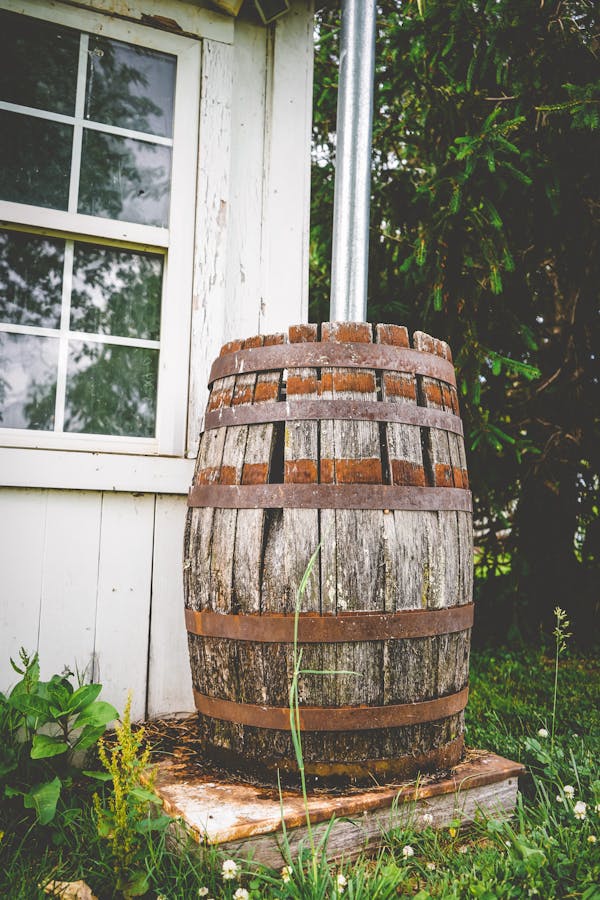A garden fork is one of the most helpful tools for any gardener. It is a versatile and essential tool that assists with tasks such as breaking up soil, aerating the ground, and harvesting root vegetables. With its sturdy tines and ergonomic handle, a garden fork makes gardening easier and more efficient.
Let’s explore the different types, uses, and maintenance of a garden fork.

Top 5 Uses of a Garden Fork
1. Soil Aeration
One of the most common uses of a garden fork is soil aeration and turning. It helps loosen compacted soil, allowing air, water, and nutrients to penetrate deeply. Proper air and water flow are essential for healthy plant growth.
2. Weed Removal
Stubborn weeds, especially those with deep taproots, can be difficult to remove. A garden fork helps easily lift weeds from the soil without disturbing nearby plants, keeping your garden healthy.
3. Compost Mixing
Healthy plants need nutrient-rich compost. A garden fork is useful for turning compost piles, which speeds up the decomposition process. It is a must-have tool for properly mixing compost.
4. Harvesting Root Crops
Root vegetables like carrots, potatoes, garlic, ginger, and onions can get damaged during harvesting. A garden fork gently lifts root crops from the soil, preventing damage.
5. Breaking Up Clay or Hard Soil
Some soils, like clay or compacted soil, can be tough to work with. A garden fork’s strong tines make it easier to break up hard soil, improving its texture and drainage.
Top 5 Common Garden Forks for Your Garden
A garden fork is an essential tool for any gardener, but not all garden forks are the same. Different types serve different purposes, making specific gardening tasks easier and more efficient. Here are five common garden forks and their uses.

1. Digging Fork
A digging fork is ideal for breaking up compacted ground, loosening soil, and digging out roots. It’s a must-have tool for every gardener.
Features of a Digging Fork
- Sturdy construction
- Flat and wide tines
- Made of stainless steel or carbon steel
Digging forks come in various types and can be easily found online. They make your gardening journey much easier.
Best Uses of a Digging Fork
- Heavy-duty tasks like preparing planting beds
2. Border Fork
A border fork is designed for working in tight spaces or delicate garden areas, such as flower beds and borders. If you’re planning a flower garden, a border fork is a must-have.
Features of a Border Fork
- Easy to carry
- Smaller and lighter than a digging fork
- Thinner tines
- Compact for easy storage
Best Uses of a Border Fork
- Ideal for gardeners with limited space
- Useful for light soil work and planting new seedlings
3. Compost Fork
A compost fork is specifically used for aerating compost, turning it, and spreading mulch or straw in the garden.
Features of a Compost Fork
- Long, slender, and curved tines
- Easily penetrates loose materials
Best Uses of a Compost Fork
- Essential for managing organic material
- A must-have for new gardeners
4. Manure Fork
A manure fork is designed for handling manure, hay, and straw in the garden. It makes gardening easier for both beginners and experienced gardeners.
Features of a Manure Fork
- Lightweight design
- Multiple curved tines
Best Uses of a Manure Fork
- Ideal for farms and livestock work
5. Potato Fork
A potato fork is specifically used for harvesting root crops like potatoes and carrots. It helps gardeners pull out crops easily without damage.
Features of a Potato Fork
- Designed with blunt or rounded tines to avoid damaging crops
- Safe for lifting root vegetables
Best Uses of a Potato Fork
- Best for harvesting delicate underground vegetables like potatoes, onions, carrots, and ginger
Top 5 Maintenance Tips for Garden Forks

Proper maintenance of your garden fork ensures longevity, efficiency, and durability. Follow these essential tips to keep your fork in top condition.
1. Cleaning
- Always clean your fork after each use to prevent soil buildup.
- Use a stiff brush to remove dirt and debris.
- Dry the fork thoroughly to prevent rust formation.
2. Rust Prevention
- Apply a thin layer of oil to the metal parts to protect against rust.
- Store your fork in a dry place to avoid moisture damage.
3. Sharpening
- Occasionally sharpen your fork with a metal file for easier soil penetration.
- Sharp tines are essential for effective soil preparation.
- Maintain a slight bevel on the edges of your fork for optimal performance.
4. Wooden Handle Care
- Apply linseed oil to keep the handle smooth and prevent cracking.
- Regularly check for splits or loose handles to ensure safe use.
5. Inspect for Damage
- Check for bent tines and straighten them as needed.
- Tighten any loose screws or bolts to keep your fork sturdy.
Pro Tips for Using a Garden Fork
Using a garden fork correctly can make your gardening tasks more efficient and prevent strain on both your body and the tool. Here are some pro tips to help you use a garden fork effectively:
1. Correct Technique
- Rock the fork back and forth gently to loosen compact soil or roots.
- Insert the fork vertically into the soil to reduce strain on your wrists and arms.
2. Choose the Right Fork
- Use the fork according to your job:
- A digging fork for hard, compact soil.
- A border fork for light gardening tasks.
3. Avoid Overloading
- Do not try to lift too much soil at once—this can damage both your fork and your body.
4. Use Foot Pressure
- Use your foot to press the fork into the soil for better penetration and to reduce arm strain.
5. Seasonal Use
- Avoid working with overly wet soil, as it can make digging harder and compact the soil.
- Try to prepare your soil in autumn, as it is the best time for soil preparation.
By following these tips, you can find the perfect fork for your gardening needs, extend its lifespan, and ensure optimal performance for all your garden tasks. 🌱😊
Read more about gardening :
https://peaandpepper.com/how-to-grow-peppers-from-a-pepper-a-step-by-step-guide-for-thriving-plants/
https://peaandpepper.com/grow-your-fresh-tomatoes-at-home-all-by-yourself/




Leave a Reply